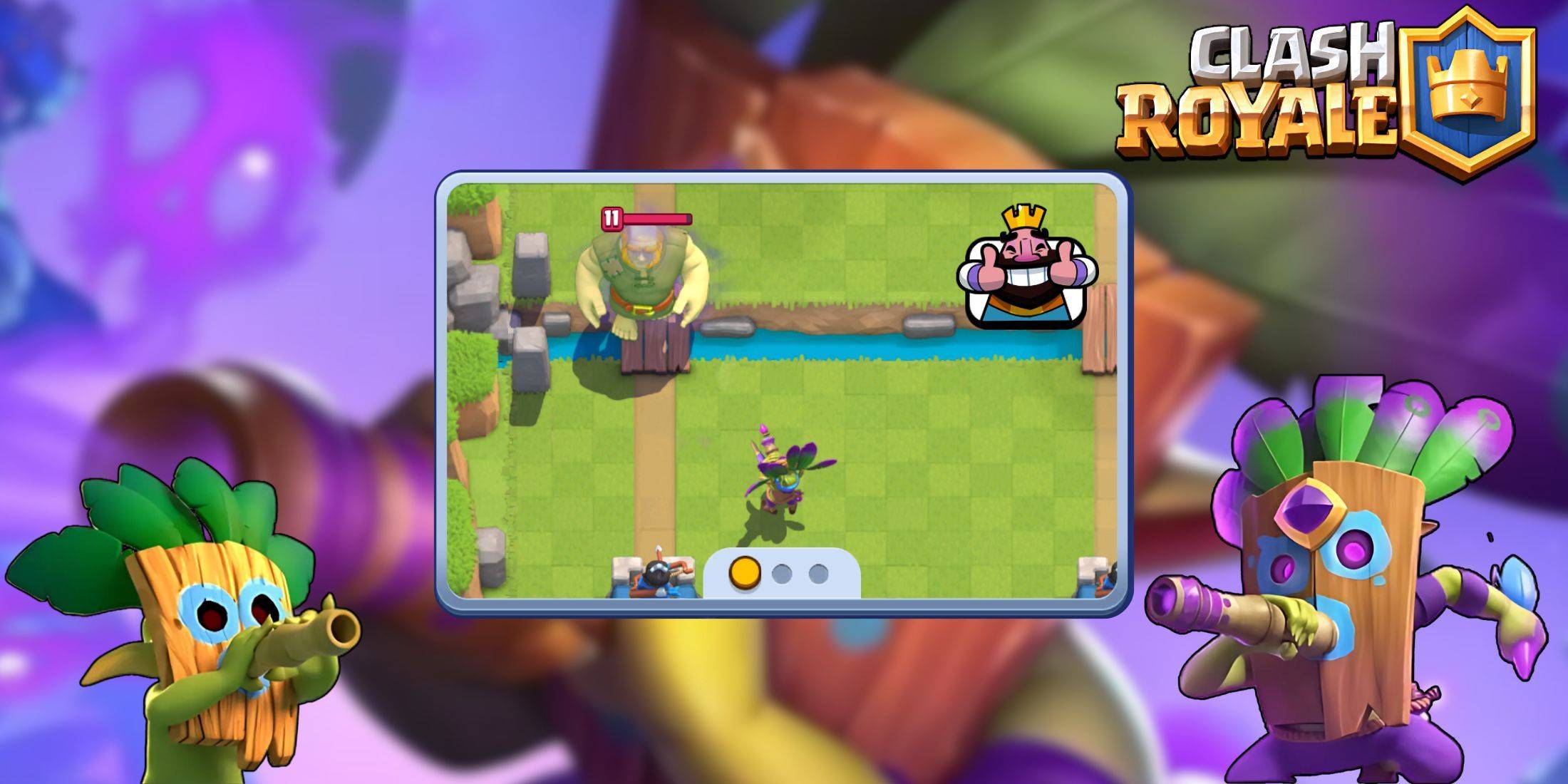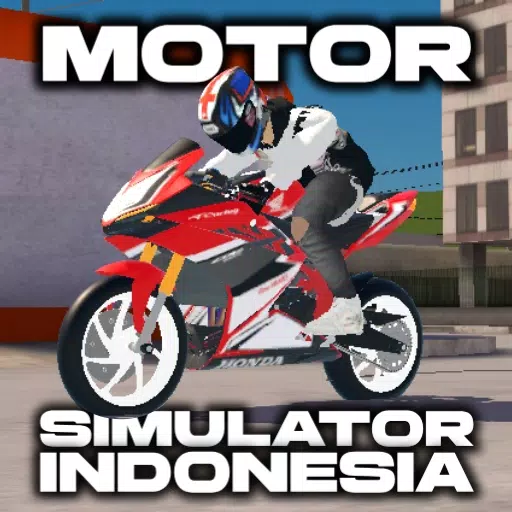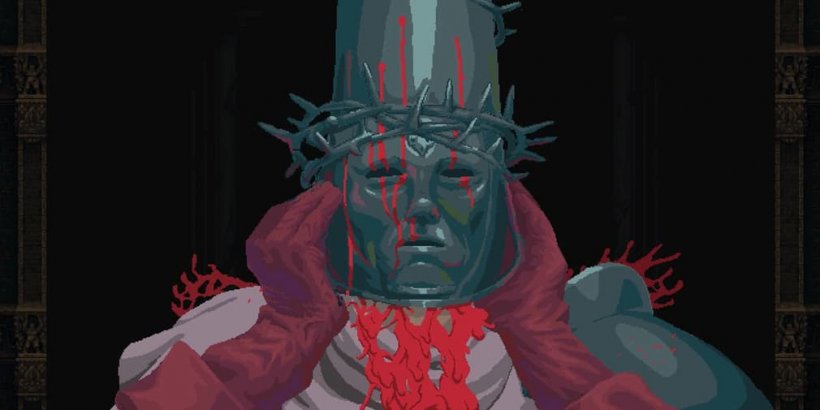"Switch 2: A Major Leap in Accessibility Design for Nintendo"
After months of intense speculation, rumors, and leaks, Nintendo finally unveiled the Switch 2 in a dedicated Direct presentation. Alongside trailers for new titles like Mario Kart World, Donkey Kong Bonanza, and exclusive Nintendo GameCube games available through Switch 2 Online, we also got an in-depth look at the console itself. From an accessibility standpoint, the Switch 2 marks a significant upgrade over its predecessor in nearly every aspect.
Several months ago, I shared my accessibility predictions for Nintendo's latest console, hoping for more robust accessibility features, improved Joy-Con usability, and innovative inclusive design practices. To my delight, Nintendo not only met these expectations but exceeded them with additional features. In this Access Designed review, let's delve into the confirmed accessibility enhancements of the Switch 2.
New Accessibility Settings
While the Direct itself showcased limited tangible accessibility options, aside from fully customizable controls for each virtual GameCube game that respect the system settings, Nintendo introduced an accessibility page that detailed a comprehensive list of returning and new features.Fully customizable controls return, functioning similarly to the original Switch. The ability to adjust text size to three different variants is back, now with the added options of High Contrast and customizable display colors. The Zoom functionality, essential for blind and low vision players, also makes a return. However, the most exciting addition is the new "Screen Reader" setting.
Blind and low vision users often rely on Text-to-Speech to navigate menus and settings. Although the Screen Reader is currently limited to the HOME menu and system settings, this feature is crucial for allowing disabled players to independently use the Switch 2. Users can select different voices, adjust reading speeds, and control volume levels. While it's unclear whether individual games will incorporate these tools or offer their own accessibility features, Nintendo's acknowledgment of its disabled audience is a promising sign for the future of accessibility within the company.
Innovative Design
Nintendo introduced a new inclusive tool within the renamed Nintendo Switch App, called Zelda Notes, designed as a companion app for *Breath of the Wild* and *Tears of the Kingdom*. The app's Navigation feature uses a GPS-like UI to help players locate shops, points of interest, and even elusive Koroks. With audio cues and voices, it guides players to their chosen destinations. Though it doesn't assist with precise navigation or enemy encounters, it significantly aids blind and low vision players in navigating the expansive game world, reducing cognitive overload.For cognitive, blind/low vision, and physically disabled players, the app also includes an Autobuild Sharing tool. This allows players to share custom Zonai tech creations by scanning a QR code, enabling disabled users to automatically build Zonai machines with the right materials. This feature alleviates the challenges I faced with the control layout and required buttons for building Zonai machinery in Tears of the Kingdom, allowing me to focus solely on gathering materials. This exemplifies Nintendo's commitment to inclusive design, which I have consistently praised.
Additionally, the Item Sharing feature lets disabled individuals exchange items with each other via QR codes, reducing physical strain by eliminating the need to search the world for weapons and food. While these features don't make Breath of the Wild and Tears of the Kingdom fully accessible, they represent significant strides forward.
Wheelchair Sports
The most surprising announcement was *Drag X Drive*, a game akin to *Rocket League* where players control characters in manual wheelchairs on a basketball court. This not only showcases proper disability representation but also highlights one of the Switch 2's new hardware features: mouse control.By turning the Joy-Con on its side, players can move the controller across any surface, simulating a computer mouse. While the force required to move the cursor remains unknown, this new way to play promises significant accessibility benefits for various disabled players. Combined with the multitude of controller types already available for the Switch and Switch 2, Nintendo continues to innovate with controller usage.
As a Nintendo enthusiast, I am thrilled about the Switch 2. Although I'm hesitant to spend up to $450 on the system, my passion for gaming began with Nintendo. Each new console brings exciting accessibility enhancements, demonstrating Nintendo's commitment to inclusivity. While Nintendo has yet to release a first-party accessible controller like the Xbox Adaptive Controller or PlayStation Access Controller, they are pioneering new ways for disabled individuals to play. Coupled with their recent commitment to standardized accessibility tags alongside other developers, I am confident that Nintendo will continue to elevate accessibility standards.
-
SK Hynix Platinum P41 2TB PCIe Gen4 x4 M.2 SSD$149.99 save 13% $129.99 at AmazonAmazon has slashed the price of the high-performance 2TB SK Hynix P41 Platinum PCIe 4.0 NVMe SSD to just $129.99. As one of the fastest Gen4 drives available, this DRAM-eAuthor : Michael Sep 16,2025
-
Whenever a new evolution card appears in Clash Royale, it shakes up the competitive scene completely. Remember the Evo Giant Snowball? It dominated briefly before players adapted. Now you'll mostly spot it in niche X-Bow or Goblin Giant combos.The EvAuthor : Amelia Sep 16,2025
-
 Duet Friends: Cute Music GamesDownload
Duet Friends: Cute Music GamesDownload -
 Soul KingDownload
Soul KingDownload -
 ブレイクマイケースDownload
ブレイクマイケースDownload -
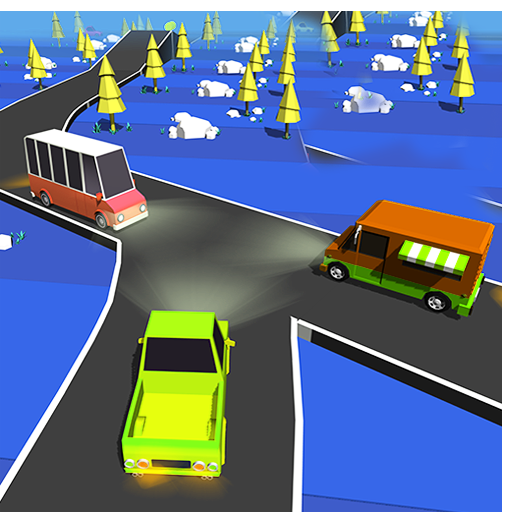 Traffic Road Cross Fun GameDownload
Traffic Road Cross Fun GameDownload -
 Maiden AcademyDownload
Maiden AcademyDownload -
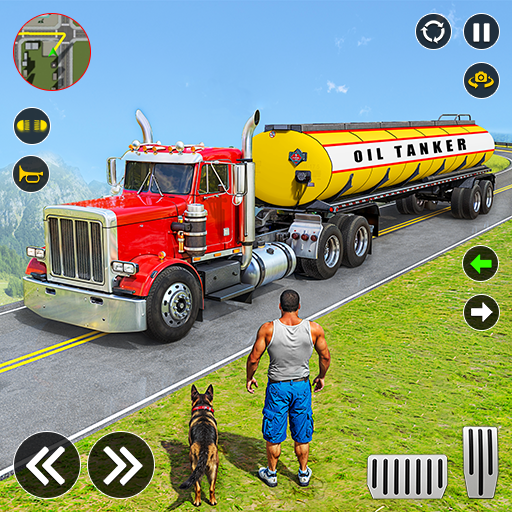 Truck Driving Game Truck GamesDownload
Truck Driving Game Truck GamesDownload -
 6x6 Truck Offroad Driving SimDownload
6x6 Truck Offroad Driving SimDownload -
 Golden PokerDownload
Golden PokerDownload -
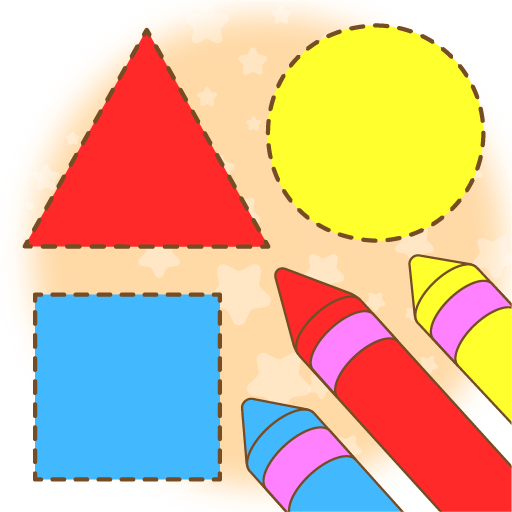 Colors & shapes learning GamesDownload
Colors & shapes learning GamesDownload -
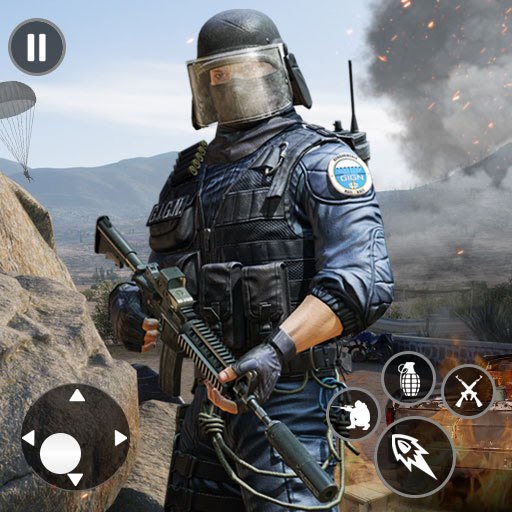 Gun Shooting Games Fps OfflineDownload
Gun Shooting Games Fps OfflineDownload
- Steampunk RPG Eldgear Unveiled by KEMCO
- STALKER 2: Heart of Chornobyl - All Endings (& How to Get Them)
- NYT Hints and Answers: Guide to January 10, 2025
- Discover the Artifacts in Stalker 2: Locations and Acquisition
- Mushroom Go! Unleashes Co-op Dungeon Adventure for Fungi Fans
- Metaphor: ReFantazio - Complete Bond Guide


